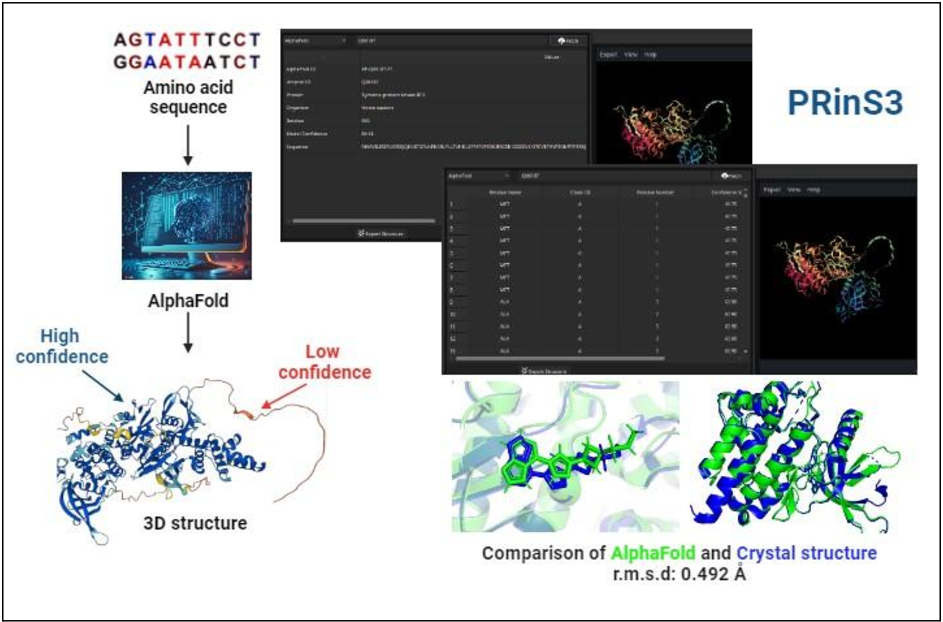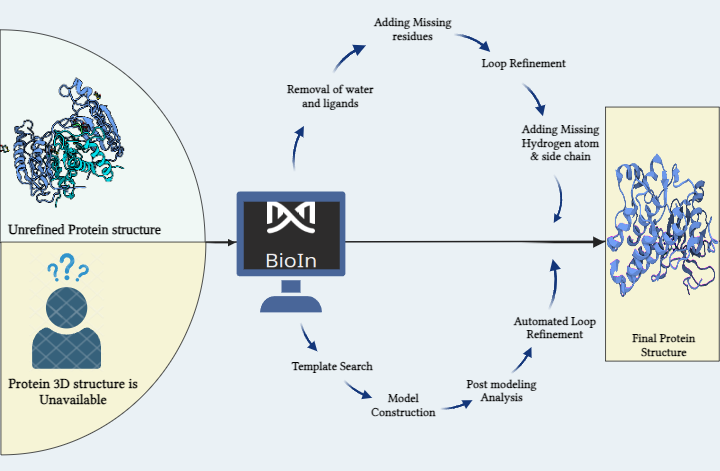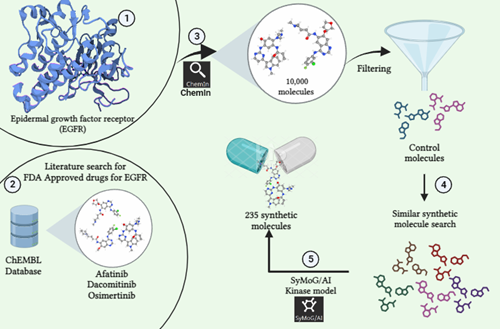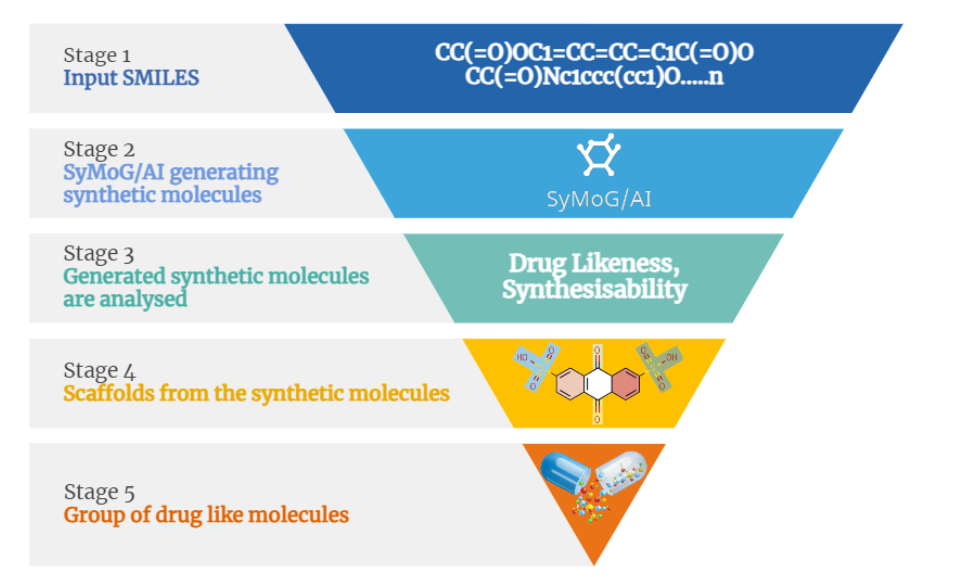Unlocking the Potential of AlphaFold in Drug Discovery: A PRinS3 Perspective

AlphaFold and PRinS3: Transforming Drug Discovery
DeepMind and the EMBL-European Bioinformatics Institute (EMBL-EBI) have formed an exclusive partnership to transform the prediction of three-dimensional (3D) protein structures. This collaboration led to the public release of AlphaFold, a groundbreaking achievement in protein structure prediction. Developed by DeepMind, a Google subsidiary, AlphaFold demonstrated exceptional accuracy in the 14th Critical Assessment of Protein Structure Prediction (CASP14), earning recognition as a breakthrough of the year by Nature (Science’s 2021 Breakthrough of the Year).
The release of over 200 million protein structures by AlphaFold's remarkable performance is reshaping the field of structural biology, with significant implications for biology and medicine. Drug discovery is a critical area that benefits from this advancement, as precise protein structure information is needed to identify drug targets. Despite AlphaFold's major success, researchers have raised concerns about its predicted structures' accuracy for drug discovery.
PRinS3 and BioIn: Enhancing Drug Discovery
PRinS3, our in-house software suite, is a high-throughput platform designed to host various applications for drug discovery. The BioIn application, a powerful tool specializing in protein refinement and structure prediction, has recently incorporated the AlphaFold database. The database integrated into BioIn offers a range of powerful features:
- Access to Over 200 Million Structures: Covers nearly all known proteins from various species.
- Detailed Protein Information: Includes essential details such as protein names and sequences.
- Confidence Score: Provides reliability assessments using predicted local distance difference test (pLDDT) scores.
Integrating AlphaFold, alongside access to the RCSB Protein Data Bank (PDB), significantly enhances the drug discovery process by enabling faster and more accurate identification of potential drug targets.
Analysis of Kinase Proteins
A comparison was conducted between 102 PDB crystal structures and AlphaFold's predicted structures of kinase proteins. Using BioIn, existing kinase crystal structures were refined, retaining only necessary chains, removing unwanted chains and water molecules, and keeping ligands intact. Similarly, kinase AlphaFold structures were sourced from the AlphaFold Protein Structure Database. The kinase ligand datasets were prepared using publicly available small molecule (ligand) databases.
X-ESS: High-Throughput Screening
X-ESS is an automated pipeline for high-throughput screening of multiple targets against thousands or millions of compounds. Capable of processing large datasets, it simultaneously handles around 500 combinations of targets and ligands. X-ESS conducts docking-based screening to deliver valuable insights into target-ligand interactions, accelerating the optimization, screening, and evaluation phases of drug development.
Key Findings
While crystal structures demonstrated slightly higher accuracy and binding pocket precision than AlphaFold predictions, discrepancies in ligand poses led to misalignments in AlphaFold structures. Post-processing modifications can improve the quality and consistency of AlphaFold structures, making them more suitable for drug discovery applications.
Conclusion
PRinS3's integrated suite of applications, including BioIn and X-ESS, enabled a comprehensive evaluation of AlphaFold predicted structures for drug discovery. While AlphaFold has revolutionized protein structure prediction, additional research is needed to refine its predictions for drug discovery. The integration of AI-driven technologies is transforming drug discovery, promising a brighter future.
For detailed insights into these cutting-edge applications, visit our official website at https://www.prescience.in/. To access the platform, contact us at support@prescience.in. More details about our applications are available at https://www.prescience.in/prins3/.
Author: Anuradha




